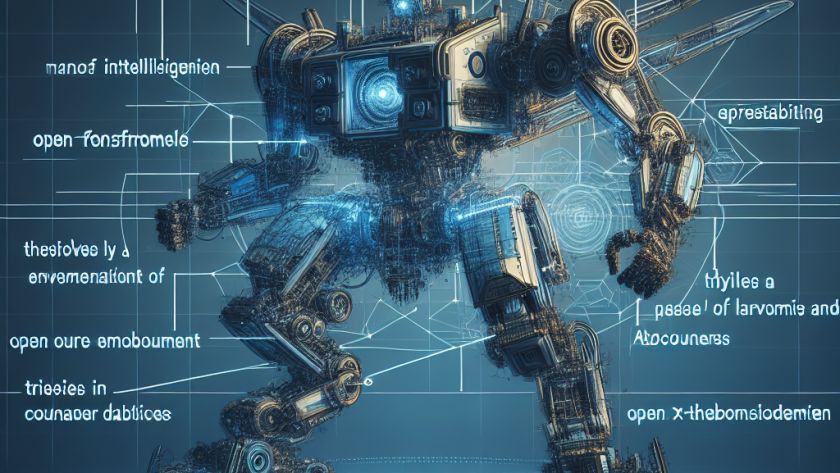Working with large language models has often been a cumbersome task due to slow, complex applications that require constant switching between interfaces. Many existing solutions, especially web-based ones, do not support all necessary models and also have slow processing speeds. Consequently, users are left with no choice but to struggle through these snags, yearning for…












